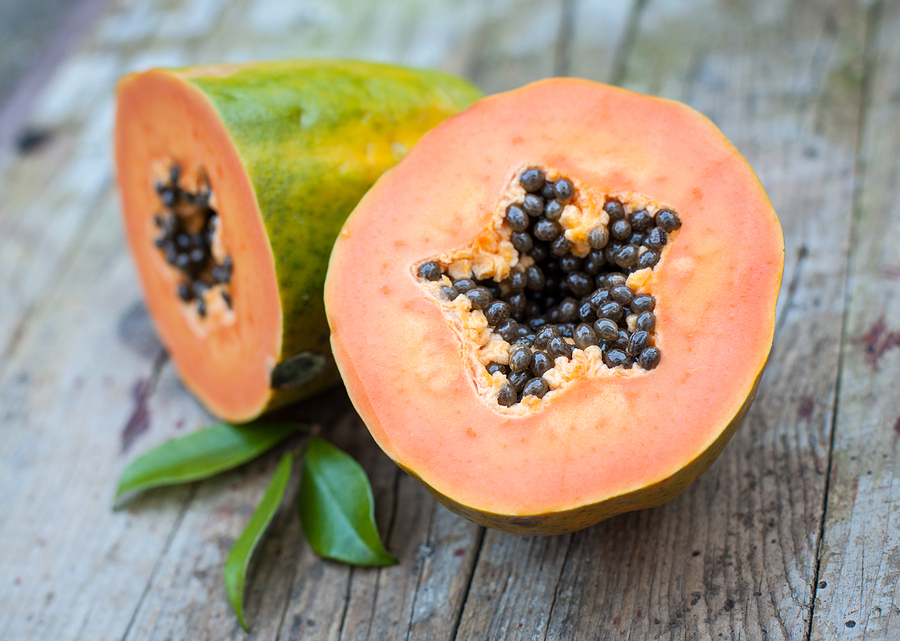- Make It Yourself Lavender Heart-Shaped Bath Bombs!
- 20 Things You Never Knew About “Down There”
- 12 Best Foods For Those Suffering From Arthritis Pain
- 12 Personal Hygiene Mistakes Almost Everyone Makes (Mom Never Told You About #4!)
- 15 Medicinal Plants And Herbs From The Cherokee People
- 12 Mind-Blowing Benefits Of Drinking Coconut Water During Pregnancy
- 12 Outstanding Winter Foods That Won’t Fatten You Up Like A Christmas Turkey
Are You Eating Poisoned Strawberries? The Truth About Chemical Residue On Fruit And Vegetables

Photo credit: bigstock.com
The good news is that not all fruits and vegetables are commonly contaminated. The EWG also releases a “Clean Fifteen” list of produce with minimal risk of chemical residue. The list for 2016 is as follows:
- Avocados
- Sweet corn
- Pineapples
- Cabbage
- Sweet peas (frozen)
- Onions
- Asparagus
- Mangos
- Papayas
- Kiwi
- Eggplant
- Honeydew melon
- Grapefruit
- Cantaloupe
- Cauliflower
These foods are generally regarded to be safe to buy in “conventional” or non-organic varieties.
Now organic foods usually cost a bit more, and sometimes they are not always available, so simply saying “buy organic” is not always practical advice. It’s important to keep in mind that eating any vegetables and fruits is still better than eating none at all. But one should always take whatever precautions they can, and if organic foods are available, then it’s usually wiser to go with that option.
READ ALSO: Top 15 Contaminated Fish You Shouldn’t be Eating
Being a health-conscious person requires taking ownership of your health and responsibility for your nutrition and lifestyle choices. As laws and regulations change, the lists of which foods are safe and which ones are at risk will change as well. It is important to educate yourself and stay on top of health news so you can make the best food purchasing decisions for yourself and your family.
References:































